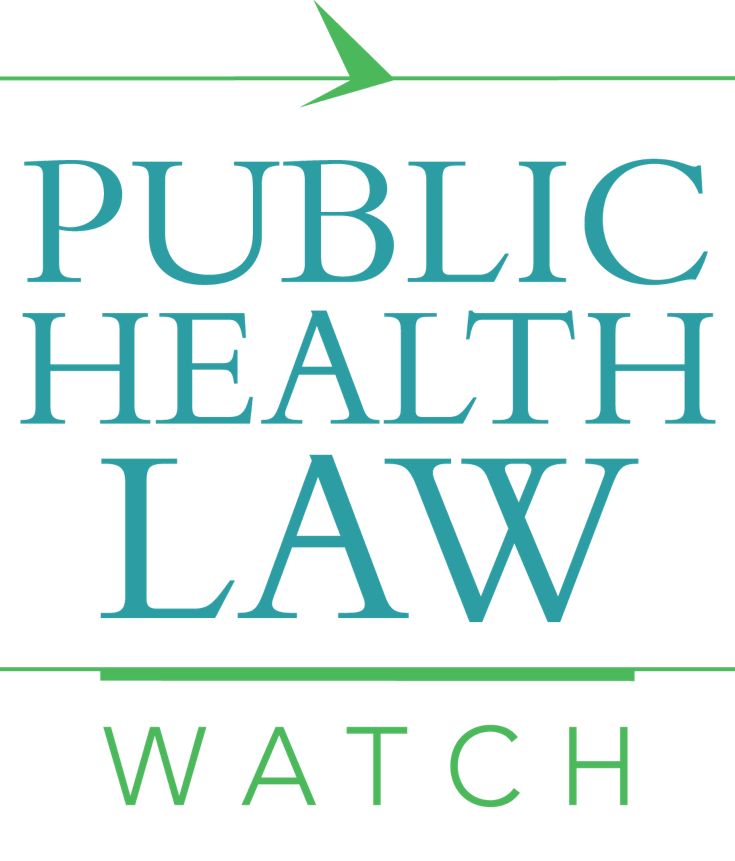By Robert I. Field
We all eagerly await the time when we can emerge from lockdown and society can be reborn. No one more so than those thrown out of work and desperate for their paychecks.
The slow pace of economic revival has brought protesters to state capitols, egged on by President Trump’s encouraging tweets. But for all the political tumult, the time when social distancing can successfully end is no mystery. Public health officials know exactly when it will be - when the country has broadly implemented three crucial steps: testing, more testing, and still more testing.
Testing for the presence of the virus in the population is our flashlight in the dark. Without it, we are left to stumble around blindly. Public health officials can’t trace contacts of those who have become ill, so they can’t get a clear picture of where the disease is spreading, who has been exposed, or where it is likely to spread next. They are left to feel their way around without knowing what’s next.
Some other countries learned this lesson months ago and have been focusing their flashlights with encouraging results. Germany and South Korea are starting to lift social distancing restrictions based on aggressive federal testing policies. It is clear that national testing works.
How is national testing going here in the United States, the wealthiest country on Earth? For the most part, it isn’t. The Trump administration has left states to fend for themselves without national coordination.
Individual states are not and were never equipped to defend the nation from a global threat. That’s why the framers of the Constitution created the federal government. Asking the states to lead the fight against COVID-19 is like asking them to defend the country from a military threat. Imagine FDR announcing after Pearl Harbor that each state was on its own to fend off the armies of Germany and Japan.
Governors are desperate to relax the stay-at-home orders they instituted when the COVID-19 crisis threatened to overwhelm their health care systems. But they can’t act blindly and have been clamoring for federal help to perform the testing that they need. Acting too soon risks a resurgence of the virus that could be more widespread than the first round. What good would relaxing the orders do, if they soon had to be reinstituted, possibly in more stringent form?
Thirty-one states, mostly those that are more densely populated, need to significantly ramp up their testing to reach the necessary levels. Ten states need to add at least 10,000 tests a day. In New York, the number is 100,000, in New Jersey, 68,000.
The major holdup is the inability of the national supply chain to provide necessary testing supplies, like reagents and swabs. States with the greatest disease burden can’t get what they need. If ever a crisis called for national coordination, this is it.
While Dr. Anthony Fauci has warned that we are doing too little testing to get the country to where it should be, President Trump continues to insist that states can find what they need on their own. In the meantime, hospitals across the country report having limited access to tests for diagnosing patients.
The desire of the protesters at state capitols to reopen society is certainly understandable. But they are protesting in the wrong place. State governments are hamstrung without federal coordination and support for testing.
If the protesters really want to end the lockdowns as quickly as possible, they should bring their grievance to the greatest source of delay - the White House. That’s where the real power lies to bringing the country back safely.
Robert I. Field holds a joint appointment as a professor of law at the Kline School of Law and a professor of health management and policy at the Dornsife School of Public Health at Drexel University. He is an expert in public health law and policy and a member of The Inquirer’s Health Advisory Panel.
This blog post first appeared as an op-ed in the Philadelphia Inquirer.
